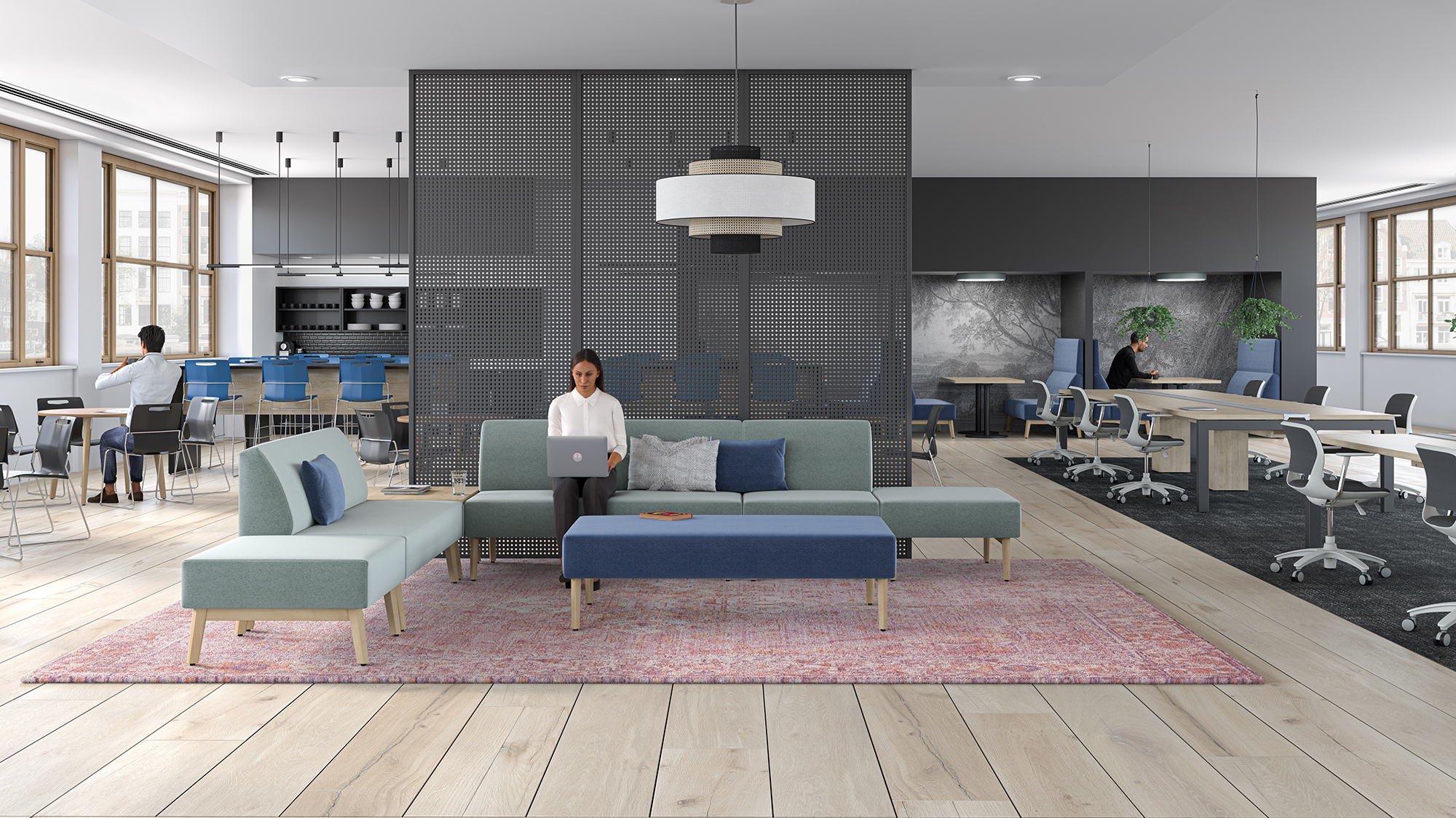Growing up my dad, like most parents, would give me bits of wisdom and guidance that he believed would best help me live my life to the fullest. However, unlike most parents, my dad would primarily direct his advice towards improving the little things in life as opposed to the standard life advice like “Save 10% of your paycheck” or “Find a career that your passionate about.” It is for this reason that one of my most memorable life tips from my dad is “Pay extra for nice toilet paper and sheets, that’s what you spend most of your life using.” Although it sounds like a lead up to a dirty joke, given some thought, my dad made an excellent point. We are all supposed to be getting 8 hours of sleep every night and as the childhood book notes, “Everybody Poops.” So, if you did the math, we all will be spending a lot of time doing both activities! My dad was on to something, and saw the importance of investing in the things that are a part of our everyday life. By doing so, one could make every day a good one. However, sleep is not the only 8-hour a day activity of our lives.
"It’s easy to overlook the importance of the little things that make up our everyday life."
The 40-hour work week has become a staple in American life, and if you eat your lunch in the breakroom then you are technically in your office for 45-hours a week. Although I try to get 8 hours of sleep each night, I don’t always achieve this goal. However, you can guarantee that I am always putting in 40 hours a week in the office, if not more! Yet since its creation, the office and its furniture has been associated with cheap monotonous materials; uniformed desks, hard plastic chairs, and an overall uninviting atmosphere. The mindset that spending less on office furniture can open up revenue to invest in other categories of a business’s operating costs is short-sided. Although cheap workplace furniture can cut down on initial costs, its negative effect on morale, productivity, and a company’s brand outweigh any savings.
How does office furniture affect employee morale and productivity?
Think back to my dad’s advice, improvement of the little everyday things has the biggest impact on someone’s overall well-being. The office chair/desk is where workers spend a majority of their day, thus it is important to make comfort and ergonomics the primary deciding factors of your furniture selection. An Ergonomic workspace has been scientifically proven to increase employee morale, productivity, and even cut down on turnover rate. It is no secret that happy workers are key to the success and growth of a company. Which is why companies unwittingly pour money into morale boosting initiatives such as team building exercises or incentive programs. This is not to say that these programs do not work, but they do have their limits as they do not address the everyday aspect of an employee’s life. Even a model employee can begin to feel drained over time while working in an uninviting office space, regardless of a company’s monthly morale boosting initiative. This buildup of poor morale results in absenteeism or even a high-turnover rate. These two things can quickly kill the growth of a company.
Ergonomic furniture goes beyond an employee’s mental state, as it also aids one’s physical health. MSDs are musculoskeletal disorders that occur due to movement repetition or poor posture. Carpal tunnel syndrome, tendinitis, thoracic outlet syndrome, and tension neck syndrome are some examples of MSDs associated with office work life. Remember that employees are spending over 40 hours a week in the office. So even the slightest discomfort can build into a lifetime medical diagnosis resulting in workers compensation, lost productivity, and other avoidable costs. Yes, an ergonomic workplace can be a huge preventative measure to keep your employees happy and healthy, but what if I were to tell you that the furniture in your office also plays a role in how your customers perceive your company?
It has already been established that the right office furniture can do wonders in improving workplace morale and productivity. However, employees are not the only ones who will be coming into your office. Office furniture also plays into the image of a company as it is the first thing clients will notice when they walk through your door. An office’s front lobby tells the story of the company. Here at ICC, our lobby shows off model printers as well as catalogs and signage of the products we offer. Most importantly we have inviting leather chairs in case you come early to a meeting; they even can charge your phone! All of the furniture ties together to create a friendly space and positive impression on whomever walks through the door. Your clients, prospects, and potential employees will naturally associate the feelings they experience in your office to your company as a whole. The Dictionary of Brand defines brand as “a person’s perception of a product, service, experience, or organization.” Think back to a time when you walked into an office without a waiting area or lobby. Can you recall how you felt as soon as you entered said office? Whether or not you noticed at the time, a negative experience can permanently change how someone perceives a company’s brand.
It’s easy to overlook the importance of the little things that make up our everyday life. Yet even the smallest change can have a big impact. This is the same case for office furniture. It is truly a constant in all the business that goes on in the workplace. So, take my father’s advice and put some extra consideration into your office furniture.

